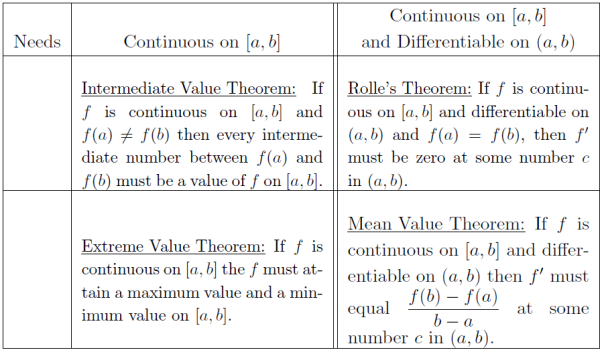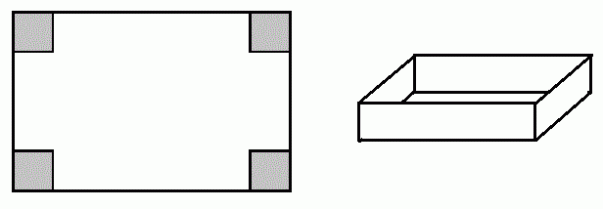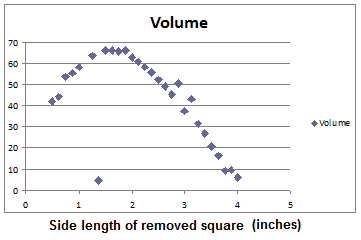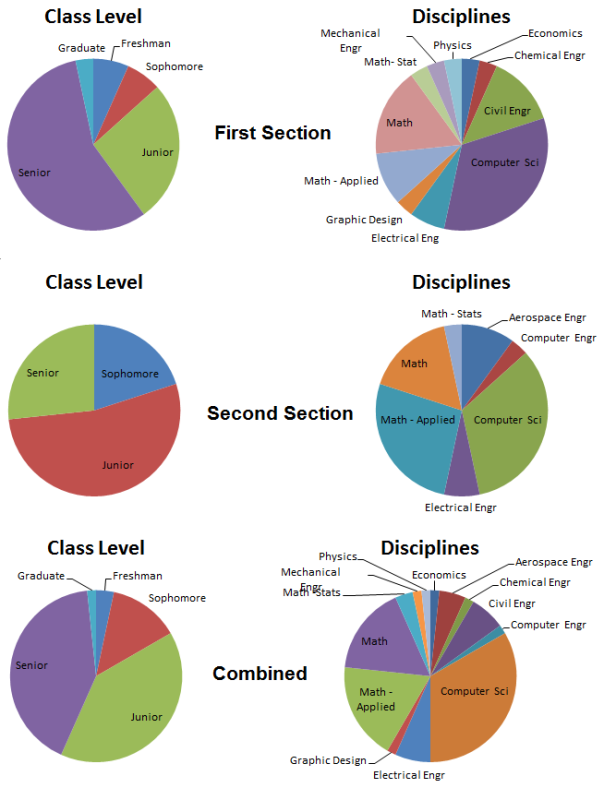This quarter I’m teaching “Foundations of Geometry,” a senior level course aimed primarily at future secondary mathematics teachers. It’s unlike any other course I’ve taught before because it has a bit of a split personality:
- one part history: examining the critiques of Euclid’s Elements and the attempts to eliminate the parallel postulate.
- one part a course in logic: discussing axiomatic systems and their properties and Hilbert’s triumphant axiomatization of geometry bringing it in line with set theory and analysis.
- one part a course in hyperbolic geometry.
We also have a course specifically on Euclidean geometry that many of these students also take, which is why the mathematical focus is on noneuclidean geometry. The course design is a learning experience for me because, although my mathematical expertise is in geometry, that expertise is in the subject geometry blossomed into during the 20th century after Hilbert’s revolution. By bringing the foundations of the subject in line with analysis, he brought Calculus to bear on the study of geometry allowing differential and algebraic geometry, together with Klein’s Erlangen program, to subsume the classical subject. While I know quite a bit about hyperbolic space, it is from this modern viewpoint rather than the axiomatic viewpoint of Lobachevsky. Tentatively, I plan to close the course by connecting the old with the new, but this might be a quixotic dream. We’ll see.
For quite some time while preparing this course, I struggled with how to begin on the first day. I finally decided that the best hook was to begin by analyzing the most famous proposition of euclidean geometry: The Pythagorean Theorem (PT).  There is a marvelous java applet by Jim Morey which animates Euclid’s proof of the PT. Using the applet like a PowerPoint presentation, I asked the students not to take notes but to instead listen carefully as we walked through the argument. Once everyone was convinced, I raised the screen and asked them to help me write it down at the board. This is actually a rather difficult task since the proof has several steps, and our prose could not be shortened by referring to numbered propositions but instead had to include reminders of what facts we were applying. Afterwards, I asked the class to examine what we wrote and discuss the following questions in groups:
There is a marvelous java applet by Jim Morey which animates Euclid’s proof of the PT. Using the applet like a PowerPoint presentation, I asked the students not to take notes but to instead listen carefully as we walked through the argument. Once everyone was convinced, I raised the screen and asked them to help me write it down at the board. This is actually a rather difficult task since the proof has several steps, and our prose could not be shortened by referring to numbered propositions but instead had to include reminders of what facts we were applying. Afterwards, I asked the class to examine what we wrote and discuss the following questions in groups:
- Does this argument convince you that the PT is true?
- What terminology is used in the proof?
- What facts are being applied?
- Most importantly: where exactly is the assumption that the triangle is right used in the argument?
If you watch Morey’s applet, you may miss the answer to 4. It’s actually rather subtle. This brought out some good discussion and I took the opportunity to highlight how a proof can be correct without necessarily being completely clear, and that good proof writing makes the use of assumptions apparent.
After this, I had them engage in a group discussion activity analyzing several different proofs of the PT culled from the list hosted at cut-the-knot.org compiled by Alexander Bogomolny. In addition to my favorite dissection proof of the PT, a similar triangles argument, and Da Vinci’s quadrilateral argument for the PT, I slipped in a false proof to make sure that they were answering question 1 honestly.
The false argument appeared in the American Mathematical Monthly in 1896 and was later retracted. It commits the fallacy of Affirming the Consequent, a mistake that I have seen many students make when first learning proof-writing. This gave a nice segue into the discussion of logic. The seminal achievement of Euclid and the Greek geometers was to take geometric thinking and recast it as a deductive science, in which the known geometric results of the time were organized to follow from a few simple assumptions. This was the birth of the axiomatic method.
I wanted to convey in some manner what an achievement this was. The directed graph below is what I made to do this. The numbers of the nodes correspond to the propositions in Book I of the Elements. Proposition 47 in Book I is the Pythagorean Theorem and is the node at the top. The only propositions in Book I which follow solely from the axioms are Prop. 1 and Prop 4. These are at the bottom. The diagram shows the intervening propositions and their network of implications (there is an arrow from i to j if prop i is used in the proof of prop j), leading from 1 and 4 to the PT at 47.
One could imagine trying to find an axiomatization of geometry by starting with something complicated like the PT, finding a proof of it using certain assumptions, then proving those using simpler ones, and so on until you reach simple candidate statements for axioms. But the fact that Euclid did so in the face of such complexity of implication (perhaps not so complex by modern standards but certainly complex for 300 BCE) is really impressive to me.



















